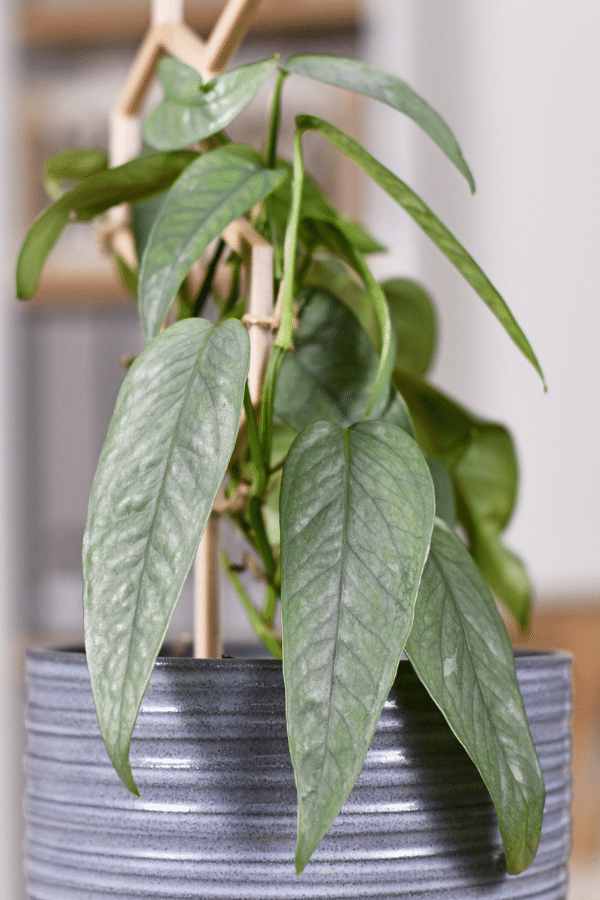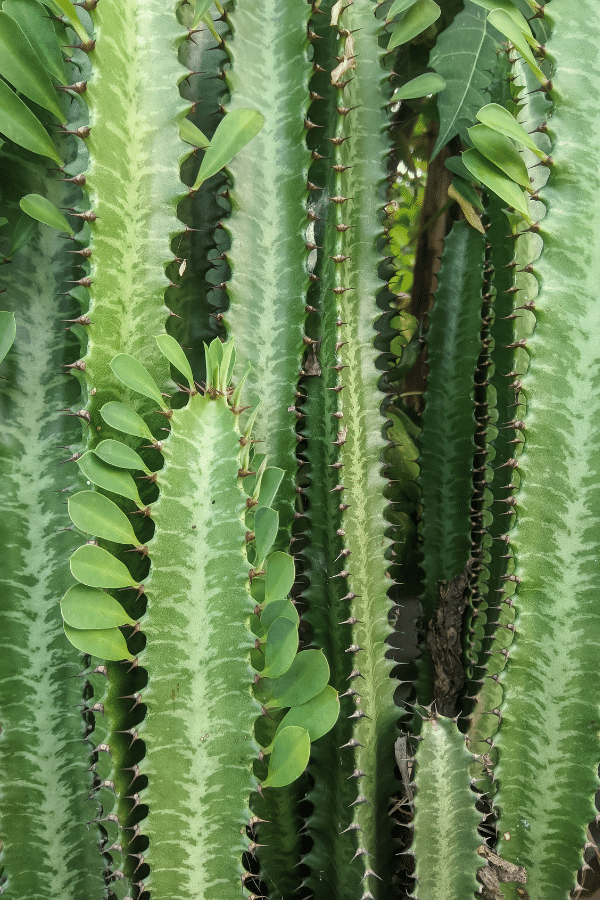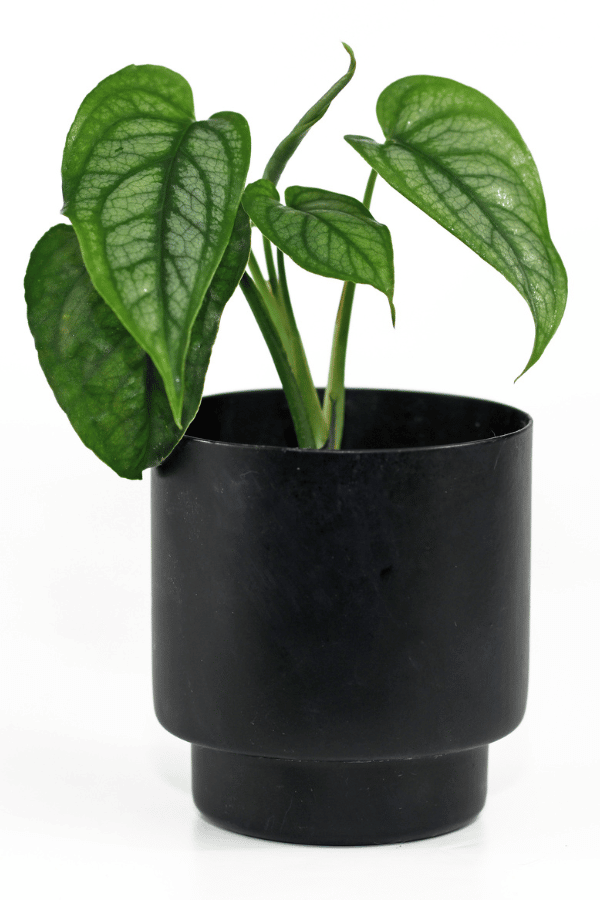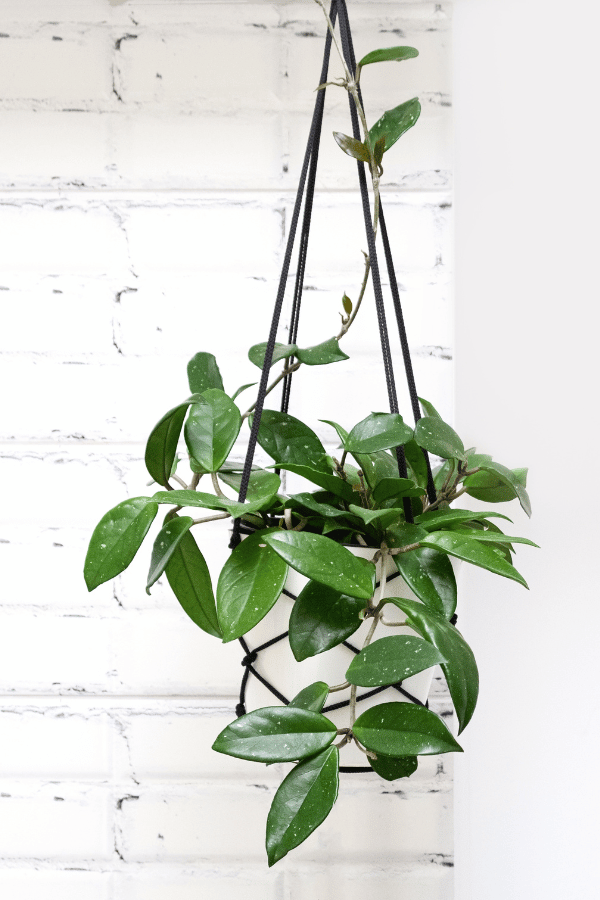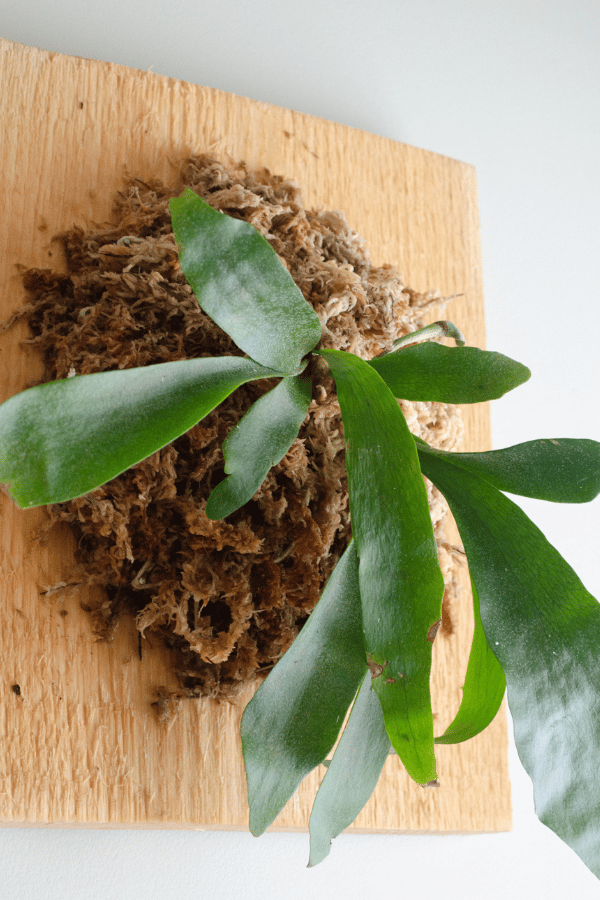Yucca Cane
Yucca Cane care is an easy plant to grow and care for. They prefer more of a neglectful caring route than a ton of attention. This plant can easily be overwatered based on the rhizome root structure. If you’re looking for an easy plant with unique upright foliage, a Yucca Cane plant may be for you.
To give this Yucca plant the best care, it requires well-draining soil, water the plant when the top inch of the soil is dry, provide it with bright indirect sunlight, temperatures ranging from 65-85F, and low to average humidity levels.
Quick Care Overview
| Common Name | Banana Yucca |
| Scientific Name | Yucca Cane |
| Family | Asparagaceae |
| Origin | North, Central, & South America |
| Growth Rate | Fast |
| Identification | Sword-like foliage that grows on top of a thick trunk |
| Height | Up to 5 feet tall |
| Soil | Well-draining soil |
| Water | Water when the top inch of soil is dry |
| Temperature | 65-85F |
| Sunlight | Bright indirect sunlight |
| Toxic to Cats & Dogs | Yes |
| Toxic to Humans | Yes |
| Pests | Fungus gnats, aphids, mealybugs |
| Diseases | Fungal issues |
Below we will dive deep into this Yucca Cane care guide.
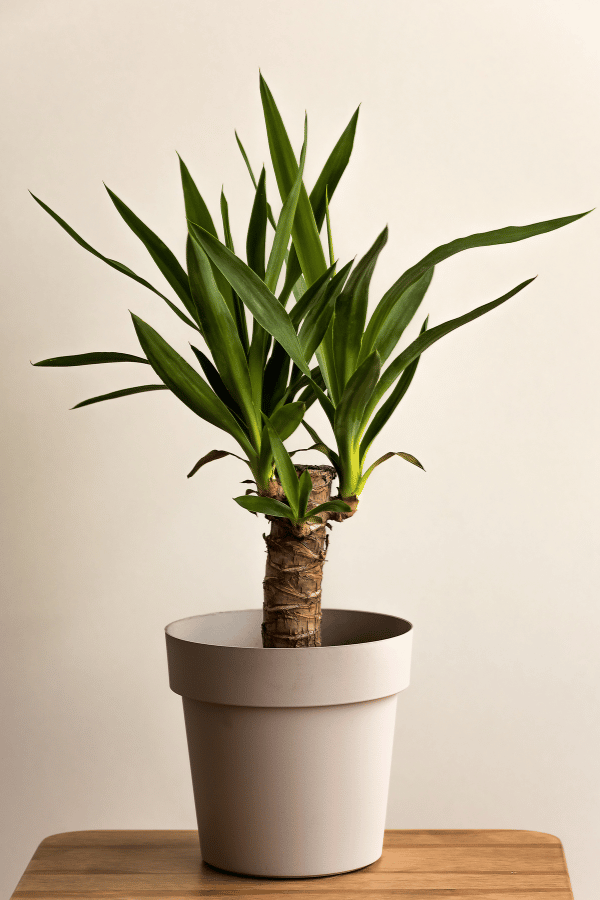
Yucca Cane History
Mexico native, Yucca Cane, also known as Adam’s Needle, Banana Yucca, Spanish Dagger, and Spoon leaf Yucca, is a drought-tolerant, visually interesting slow-growing plant. This plant can grow to incredible sizes over the course of many years.
Yucca Cane Identification
The Yucca Cane can be identified its long sword-like green foliage that grows atop of study upright canes.
Yucca Cane Growth Facts
This quick-growing plant can grow up to 12 inches per year. This plant will need to be cut back frequently to prevent it from becoming too large.
How Big Does a Yucca Cane Get?
A Yucca Cane can grow up to 30 feet tall when grown in its natural environment. However, when cultivated indoors this plant will grow about 5 feet tall.
Yucca Cane Care
Yucca Cane is an easy plant to take care of that thrives on a bit of neglect. Just ensure that you do not overwater this plant or provide it with too much humidity and give it plenty of light.
Yucca Cane Soil
Your Yucca plant will grow best if it is planted in a loose, well-draining growing medium such as a commercial potting with incorporations of coarse sand.
Yucca Cane Fertilizer
You should fertilize your Yucca during the warm growing season with a liquid, balanced fertilizer indicated for houseplants. Ensure to follow label instructions and do not overfertilize. Additionally, you should not feed your Yucca in fall or winter, as this may easily lead to overfeeding and chemical burn.
Yucca Cane Watering
It is essential to keep in mind that Yuccas are highly sensitive to overwatering. Therefore, you should water your plant once weekly during the warm growing season. Watering frequency should be reduced in winter to only every few weeks.
Yucca Cane Light Requirements
Your Yucca plant will thrive in bright indirect light. However, too low of light intensity may result in slow, thin growth. Alternatively, too much direct sunlight may cause spots to appear on foliage or the browning of tips.
Yucca Cane Temperature & Humidity
Yucca plants are found in the desert in the native environment and are accustomed to thriving in extreme temperatures. Therefore, your Yucca plant will tolerate average indoor temperatures and can handle temperatures in the 100s and down to the 30s. As a desert plant, your Yucca will not like being kept in humid environments but may tolerate arid or moderately humid environments.
Repotting Yucca Cane
Your Yucca will like to remain slightly rootbound as long as they do not become so large that they topple over in their container. Therefore, you should repot your Yucca Cane every three years. Larger plants may be difficult to repot, so you may simply refresh the top two inches of soil.
Yucca Cane Maintenance & Pruning
As the Yucca Cane can grow extremely tall, it will need to be pruned. To prune, in spring, use a saw to cut the trunk in half. After pruning, water your plant, and place it in indirect light. Within a few weeks, your Yucca Cane should become reestablished. The top portion of the plant that was removed can be planted to propagate an additional plant.
Yucca Cane Propagation
You may propagate your Yucca Cane quickly through division. Propagation of your Yucca Cane should be done in the fall. To propagate, separate the plant pups from the rhizomes and plant the pups in new containers. Use a sharp, clean blade to separate the pup from the plant and repot in a container with fresh soil. Water well and keep the soil moist. Newly potted plantlets should become established within a few weeks.

Yucca Cane Toxicity
Toxicity to Humans
Due to the saponins content of this plant, it is considered mildly toxic to humans and should not be ingested.
Toxicity to Cats & Dogs
This plant is considered toxic to pets and may induce drooling, vomiting, weakness, and more when ingested by pets. If you suspect your cat or dog has consumed any portion of this plant, contact your veterinarian or animal poison control.
Yucca Cane Problems
Yucca Cane Leaves Turning Yellow
When foliage of your Yucca Cane turns yellow, it is likely due to overwatering. Ensure that you do not overwater your plant or allow it to sit in excess water within the plant’s drainage tray.
Yucca Cane Leaves Turning Brown
If your Yucca Cane turns brown, it is likely due to underwatering.
Yucca Cane Diseases
Yucca cane can be susceptible to fungal issues. You may prevent fungal issues by ensuring that you do not overwater this plant or keep it in high humidity. In addition, if you spot black spots or other fungal diseases on your Yucca plant, you should isolate your plant and treat it with a fungicide such as copper.
Yucca Cane Pests
While the Yucca cane isn’t known to have many pest issues, common pest issues such as aphids and mealybugs may attack your plant. Additionally, agave plant bugs may become a nuisance to your Yucca. If you spot that your plant has become infested, isolate your plant, and treat it with a pesticide such as insecticidal soap or neem oil.

